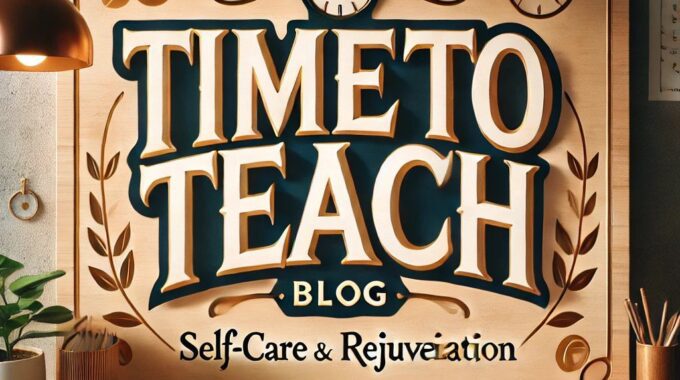As we turn the corner into spring, it’s the perfect time to refresh our teaching…
The order of the 4 Shifts Protocol is important
We believe in thanking our sources! This post was sourced from the following blog/website: http://feedproxy.google.com/~r/dangerouslyirrelevant/~3/RSOKUYlrx2Y/the-order-of-the-4-shifts-protocol-is-important.html
The following is a new blog post related to education and teaching and relevant to our website visitors. The blog post is not based on the opinions or values of our company but is related to education and teaching, so we wanted to share it with YOU! If you ever have any questions please let us know. Now… on to the post!
 Julie Graber and I often get asked if the order of the 4 Shifts Protocol is important. Our answer? Absolutely.
Julie Graber and I often get asked if the order of the 4 Shifts Protocol is important. Our answer? Absolutely.
Note that the protocol begins with Deeper Thinking and Learning (Section A), followed by Authentic Work (Section B). We have found that starting with one or both of those dimensions tends to raise the level of learning for students much more than starting with Student Agency and Personalization (Section C) or Technology Infusion (Section D). Given that Julie and I are strong advocates for student agency, this may seem a little counterintuitive. The reason is because there are numerous ways to give students ‘agency’ or integrate technology that are fairly low-level. Imagine, for instance, adaptive learning software modules or a set of teacher-created classroom centers in which students have some ‘choice’ about content and pathways but the learning is still shallow rather than deep. We also can point to numerous examples of ‘technology for technology’s sake’ in which, again, student learning could be much more robust. Starting with Sections A or B helps us center our instructional work on deeper, meaningful learning.
Note also that the very first questions in Section A pertain to Domain Knowledge and Deeper Learning. Whatever instructional transformations we are working on, we should try as best we can to make sure that we’re meeting content and procedural goals, and that whatever skills and knowledge we’re addressing are focused on big, important concepts, not just trivia. This is particularly true as long as state standards, testing, and accountability mandates dominate our educational landscapes. Deeper learning work should not be contentless. [AND students also deserve some say in what they get to learn…]
In sum, while Julie and I advocate that teachers start with whatever sections and items make sense for them (and focus on just a few), we also recognize that some of the sections and items of the protocol are more transformative than others. We encourage you to lean into Sections A and B!
Time To Teach reviews each blog post by our contributors but if you feel this is a blog post better suited for another page please let us know.
Teachers and Educators are our heroes. We want to thank you for the work you do!
Yours In Education!
Time To Teach

